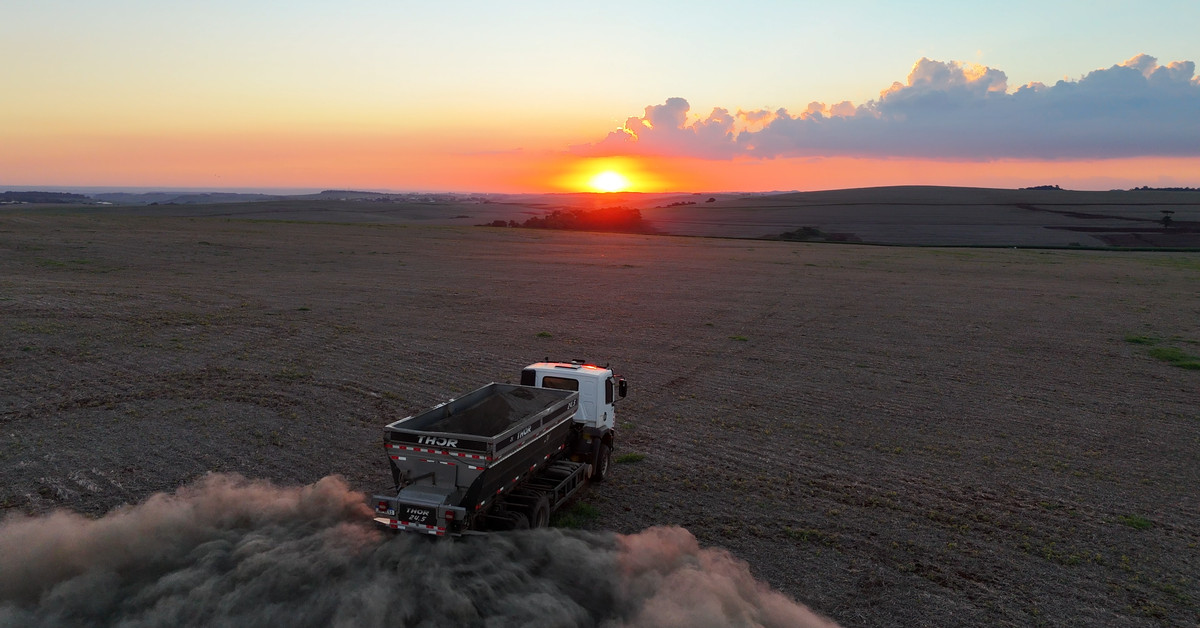A Multimillion Dollar Deal to Tackle Pollution
In an effort to mitigate the impact of their pollution on the climate, Google and other large corporations have invested in a plan to capture carbon dioxide using rocks. Recently, they announced a multimillion dollar deal with a Sheryl Sandberg-backed startup called Terradot.
A Collective Effort to Remove Carbon Dioxide from the Atmosphere
Terradot has secured $27 million from a group of companies that collectively agreed to pay for the removal of 90,000 tons of carbon dioxide from the atmosphere. The deals were brokered by Frontier, a carbon removal initiative led by Stripe, Google, Shopify, and McKinsey Sustainability. Additionally, Google announced its own deal to purchase an additional 200,000 tons of carbon removal from Terradot.
The Cost of Carbon Removal
While the cost of the larger deal was not disclosed, if it follows the same pricing as the Frontier agreement ($300 per ton of CO2 captured), it could amount to $60 million. However, Google expects the price to decrease over time for this larger deal.
A Big Deal in the Fight Against Climate Change
Google’s investment is the largest purchase yet of carbon removal through enhanced rock weathering (ERW). This relatively low-tech strategy attempts to speed up a natural process that might take thousands of years. By crushing rocks and spreading them out over a large area, the surface area exposed to CO2 increases, accelerating the chemical reaction that traps CO2 in water as bicarbonate.
A Promising but Challenging Approach
While some experts are optimistic about this approach, others express concerns about its costs, safety, and potential to delay a transition from fossil fuels to clean energy. Enhanced rock weathering attempts to replicate a natural process that occurs over thousands of years by accelerating the breakdown of rocks through rainfall.
The Terradot Story
Terradot was founded in 2022 by James Kanoff and Sasankh Munukutla, two undergraduate students at Stanford who were part of a research project. The startup aims to capture carbon dioxide from the atmosphere using a strategy called enhanced rock weathering. They have partnered with Brazil’s agricultural research agency (EMBRAPA) to use this approach on over one million hectares of land.
Challenges and Uncertainties
While Terradot has made significant progress in its efforts to remove carbon dioxide, there are still challenges ahead. The company will need to develop rigorous measurement tools to accurately track the amount of CO2 removed from the atmosphere. Additionally, fertilizer in the soil can potentially limit how much carbon is captured through enhanced rock weathering.
The Role of Carbon Removal
While carbon removal can be a useful tool in mitigating climate change, it should not be seen as a substitute for emissions reductions. Companies like Google need to prioritize transitioning to clean energy sources and reducing their carbon footprint. Carbon removal can help counteract some of the legacy pollution generated by these companies while they make this transition.
Related Developments
Google has recently announced plans to develop advanced nuclear reactors and new solar and wind farms to power its data centers with carbon-pollution-free electricity. The company’s focus on clean energy is a crucial step towards reducing its carbon footprint and mitigating climate change.
Conclusion
The multimillion dollar deal between Google and Terradot marks an important step in the fight against climate change. While there are challenges ahead, this approach has the potential to make a significant impact if implemented widely. However, it is essential to remember that carbon removal should be seen as a complement to emissions reductions, not a substitute for them.
Related Links
- Google’s future data centers will be built next to solar and wind farms
- Google inks nuclear deal for next-generation reactors
- Carbon dioxide emissions from fossil fuels are already making heatwaves, droughts, wildfires, storms, and other climate disasters more dangerous
Comments
- This is a great step towards mitigating climate change. However, it’s essential to remember that carbon removal should be seen as a complement to emissions reductions, not a substitute for them.
- I’m excited to see companies like Google taking the lead in developing clean energy solutions. It’s crucial for us to prioritize transitioning to renewable energy sources and reducing our carbon footprint.
- While this approach has potential, it’s essential to address the challenges and uncertainties surrounding enhanced rock weathering.
Note: The links provided are not clickable as they are just text references.

